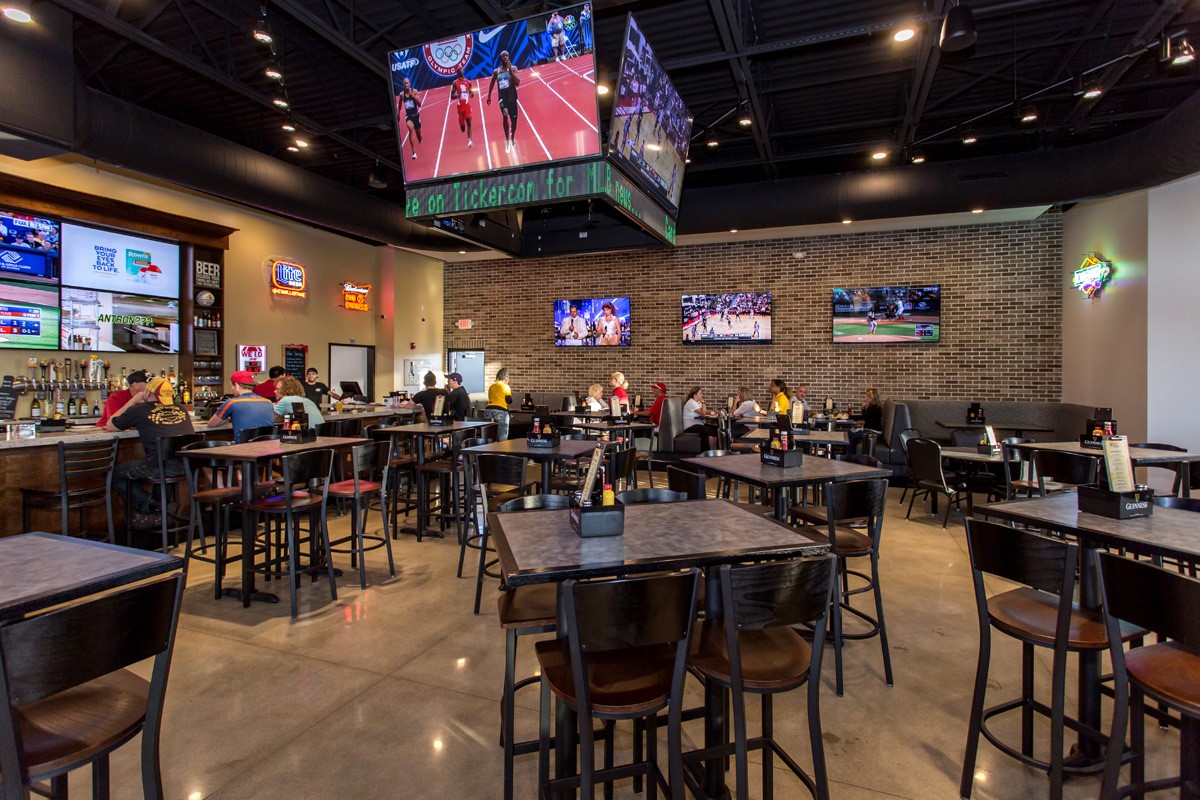
One of the key advantages of combining legacy systems with contemporary sound networking is enhanced flexibility. Conventional audio technologies often involve complicated wiring and restricted pathway options. With sound networking solutions like Dante or AVB, sound signals can be sent over conventional Ethernet connections. This implies that users can readily link multiple units without the need for extensive reconfiguration. Whether within a performance venue, a school theater, or a business function, this flexibility enables for quick modifications and modifications to the audio configuration without significant delays.
Performance is a further major element that improves when outdated systems are modernized with current networking solutions. Legacy technologies may struggle to provide superior audio, particularly in bigger venues or in challenging events. By adopting sound networking, organizations can leverage of advanced features such as minimal delay, timing, and digital data processing. These advancements assist ensure that audio is distinct and uniform, enhancing the complete experience for audiences and artists together. This transition can make a marked impact in how sound is experienced in different environments.
Additionally, harmonizing outdated technologies with modern technologies can lead to financial benefits in the extended run. While upgrading to new equipment may necessitate an initial investment, the effectiveness gained through sound networking can reduce upkeep expenses and minimize the need for continuous fixes. Furthermore, connected technologies often require less tangible room than traditional setups, which can save on web link property expenses in venues. Organizations can distribute resources better efficiently, using the savings they save to invest in other critical fields.
Finally, educating staff on how to use combined systems becomes simpler with sound communication. Many modern sound communication platforms come with user-friendly controls and remote control features. This indicates that even those who may not significant technological knowledge can be trained to operate and operate the sound systems effectively. Training programs can be designed around these technologies, enabling personnel to maintain and diagnose systems with assurance. By blending the legacy with the modern, organizations can create a more competent and skilled team, in the end leading to improved sound experiences for all involved.